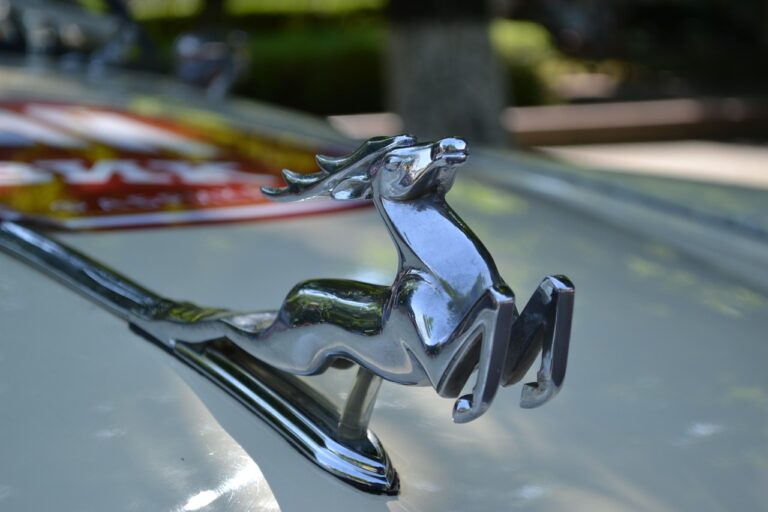The Evolution of Car Aerodynamic Drag Reduction Techniques: From Streamlining to Active Aero
Drag reduction techniques have seen significant advancements in recent years, with researchers exploring innovative methods to minimize aerodynamic drag in various applications. From vehicle design to aerospace technology, the quest for more efficient and sustainable drag reduction solutions remains an ongoing priority. As industries strive to enhance performance while reducing energy consumption, the development of cutting-edge drag reduction strategies plays a crucial role in shaping the future of engineering and technology.
One promising avenue of research focuses on the utilization of advanced materials and coatings to modify surface properties and streamline airflow. By harnessing the capabilities of nanotechnology and novel surface treatments, engineers are exploring new ways to manipulate aerodynamic forces and mitigate drag. Additionally, the integration of computational fluid dynamics (CFD) simulations and wind tunnel testing enables a more comprehensive understanding of airflow characteristics, facilitating the optimization of drag reduction techniques for improved efficiency and performance in diverse industries.
Challenges and Opportunities Ahead
Drag reduction techniques have shown great promise in improving the efficiency of various industries, but they are not without their challenges. One major obstacle is the cost associated with implementing these techniques on a large scale. Many companies may be hesitant to invest in drag reduction technologies due to the initial expenses involved in research, development, and implementation.
Another challenge that arises is the need for continuous innovation to stay ahead of the curve. As technology evolves rapidly, companies must be proactive in adapting their drag reduction strategies to remain competitive in their respective markets. This constant need for improvement presents an opportunity for collaboration between industry players and researchers to drive advancements in drag reduction techniques. By working together, they can overcome challenges and unlock new possibilities for more efficient and sustainable operations.
– Collaboration between industry players and researchers is key to driving advancements in drag reduction techniques
– Continuous innovation is necessary to stay competitive in rapidly evolving markets
– Cost associated with implementing drag reduction technologies on a large scale can be a major obstacle for companies
What are some challenges in implementing drag reduction techniques?
Some challenges include the high cost of implementing new technologies, the need for extensive testing and validation, and the resistance to change from traditional methods.
How can companies overcome these challenges?
Companies can overcome these challenges by investing in research and development, collaborating with industry partners, and gradually transitioning to more efficient drag reduction techniques.
What opportunities are there for companies in the field of drag reduction?
Companies have the opportunity to improve their operational efficiency, reduce costs, and enhance their environmental sustainability by implementing effective drag reduction techniques.
How can companies stay ahead of the curve in drag reduction technologies?
Companies can stay ahead of the curve by staying informed about the latest advancements in drag reduction technologies, investing in continuous training for their employees, and actively seeking out opportunities for innovation and improvement.





